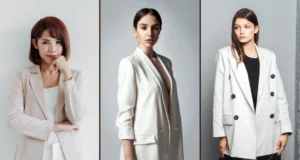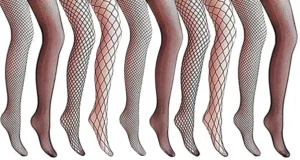Did you ever wonder why ladies of the late 19th century walked around with enormous rumps poking out behind them? Well, these poofy posterior accessories known as bustles were all the rage despite their strange shape.
Bustles bubbled outskirts in dramatic fashion, signaling status and enhancing natural curves in ways that dazzled the Victorian eye. From high society debutantes to common lasses, fashionables flocked to flaunt these funky shapes that brought bounce to every step.
Find out more surprising secrets of this sensational style that sent silhouettes swirling with an hourglass hike like no other era has ever seen!
A Brief History of the Bustle
The bustle has had quite an intriguing journey through the centuries of fashion. First appearing as simple pads in the 1500s, bustles served to plump figures from behind in a more subtle style. Through the 17th century, their use continued but fell away afterward.
It wasn’t until the 1860s that bustles bounced back bigger than ever! This time, they bloomed out over skirt hems in wire contraptions of spectacle.
Made of materials like whalebone and hair, these bustles brought drama unlike anything seen before. In fact, they grew so over-the-top in the 1880s that even sitting became challenging for fashionable ladies!
At the bustle’s peak in this period, their silhouettes varied widely. Some soared skyward while others spilled out sideways in cascades of fabric. But no matter their shape, one thing was clear – bustles had become a must-have for feminine flair.
All classes of women wore these wonderous derrieres as symbols of status on par with the finest jewels.
By decade’s end, changes were afoot. New silhouettes entered style, and modern women sought life beyond fashion constraints. The women’s liberation movement took hold, too.
From there, bustles only appeared sparingly, such as for bridal grandeur through the 20th century. Yet their place in history stands as one of fashion’s most innovative transformations of the feminine form.
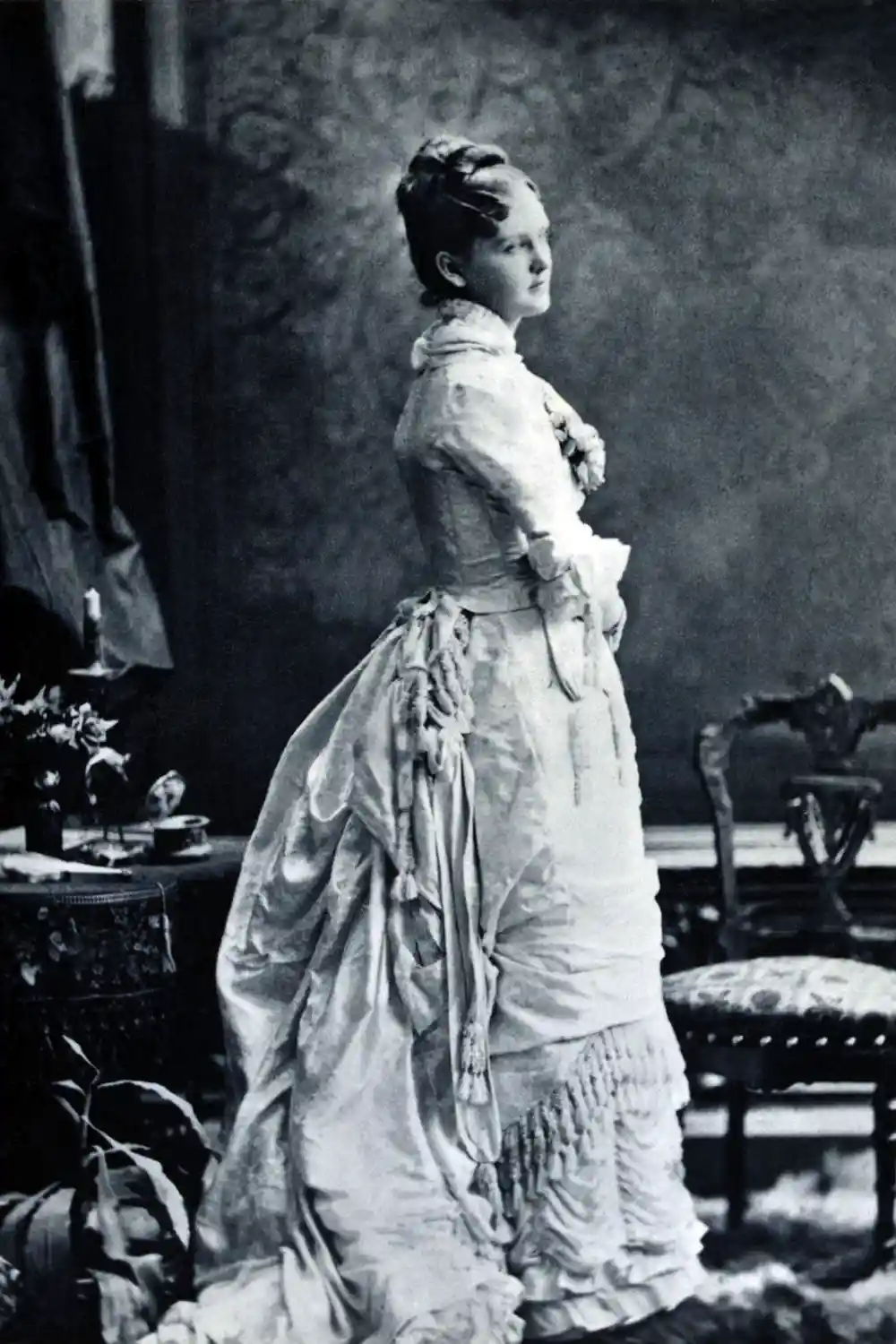
Origins of the Bustle in the 18th Century
The bustle’s beginnings are traced back to influences from many sides. Flowing mantuas with pulled-back overskirts already hinted at the bustle’s bud. The use of pads and even cork rumps to boost swagged skirts added that extra oomph.
Neoclassical ideals, too, called for graceful curves through the female form. Sculpted physiques of ancient eras stressed an enviable ratio at the waist. Lifting hems high helped answer this aesthetic with dramatic flair.
Even those from farther shores lent inspiration. When South African woman Saartjie Baartman toured Europe, her shapely figure sparked fascination. Her buxom shape showcased a narrow middle and voluminous derriere, said to embody exotic allure. Her exotic appeal potentially primed people for this peculiar posterior padding.
By the century’s end, the bustle’s beginnings had set the stage for widespread wear. Early iterations employed mere pads to start, discreetly defining a lady’s lines. Still, demand grew for ever more exaggerated effects in this era of excess.
Soon, coveted crinolines arrived, buoying skirts in billows of fabric fit for days of delight. From there, it was history – the rousing rise of the rump had been set in motion. By the peak of Victorian virtues, these be-bunned bottoms brought boundless beauty through the latest lavish fashions.
Why did they wear bustles in Victorian times?
During the Victorian era, bustles were all the buzz. For fashionable ladies, these padded rumps amplified elements of femininity in a tidy style. Their exaggerated curves emulated the hourglass ideal that defined beauty.
Status, too, showed through these sometimes lavish accessories. Crafted from luxurious fabrics or feathers, bustles broadcast means to delighted onlookers. Their eye-catching grandeur distinguished women of means from the masses in playful ways.
Of course, graceful movement delighted when bustles bounced with each step. Flowing fabrics swirling around these bumped bottoms enticed in dance and promenade alike. An attractive aura of rhythm and flow surrounded bustled beauties gliding by.
While trends came and went, bustles boomed during the reign of Queen Victoria. Altering shapes and designs diversely, Victorians perfected padding their posture for the pleasure of all. Decades dancing by saw great Gambols had in flouncing finery focused behind.
Changes eventually dimmed their dominance when new diversions came to the fore. Bold belly blooms and rising women showed bustles at the century’s turn. Though fondly remembered from the height of their historic heights, fashion set sights elsewhere.
The Evolution of the Bustle Throughout the 19th Century
Why did the bustle become so popular?
The bustle burst onto the fashion world in the late 1800s, quickly rising to immense popularity. A fascinating form that flourished for over two thrilling decades, the bustle brought boundless beauty in its novel shape.
With its ability to enhance nature’s curves, the bustle lets femininity shine in idealized architecture. Embraced freely by women across classes, too, accessibility added allure to this trend. Materials like horsehair or wire invited ingenious invention birthing styles without end in elegant exhibition.
Appealing motion mesmerized onlookers as bustled beauties bounced by. Admirers couldn’t help but watch waves of fabric flow and sparkling splendor trace each step. From the early days’ subtle pads to the craze culminating in 1880, bustles’ blooms never ceased to captivate the eye.
Decoration dawned, too, as trim diversified these divine derrieres. Lacy luxury, ribbons tripping merrily – each bustle boasted its own brand of opulent ornament. No two took the same form, uniting individuality with iconic ideals through two thrilling tides turnover.
While trends transformed in time, the bustle left an undeniable mark on the silhouette’s sway. A status symbol without peer in history’s rich repertoire, Queen Victoria’s era blazed brightest under bouncing blossoms behind.
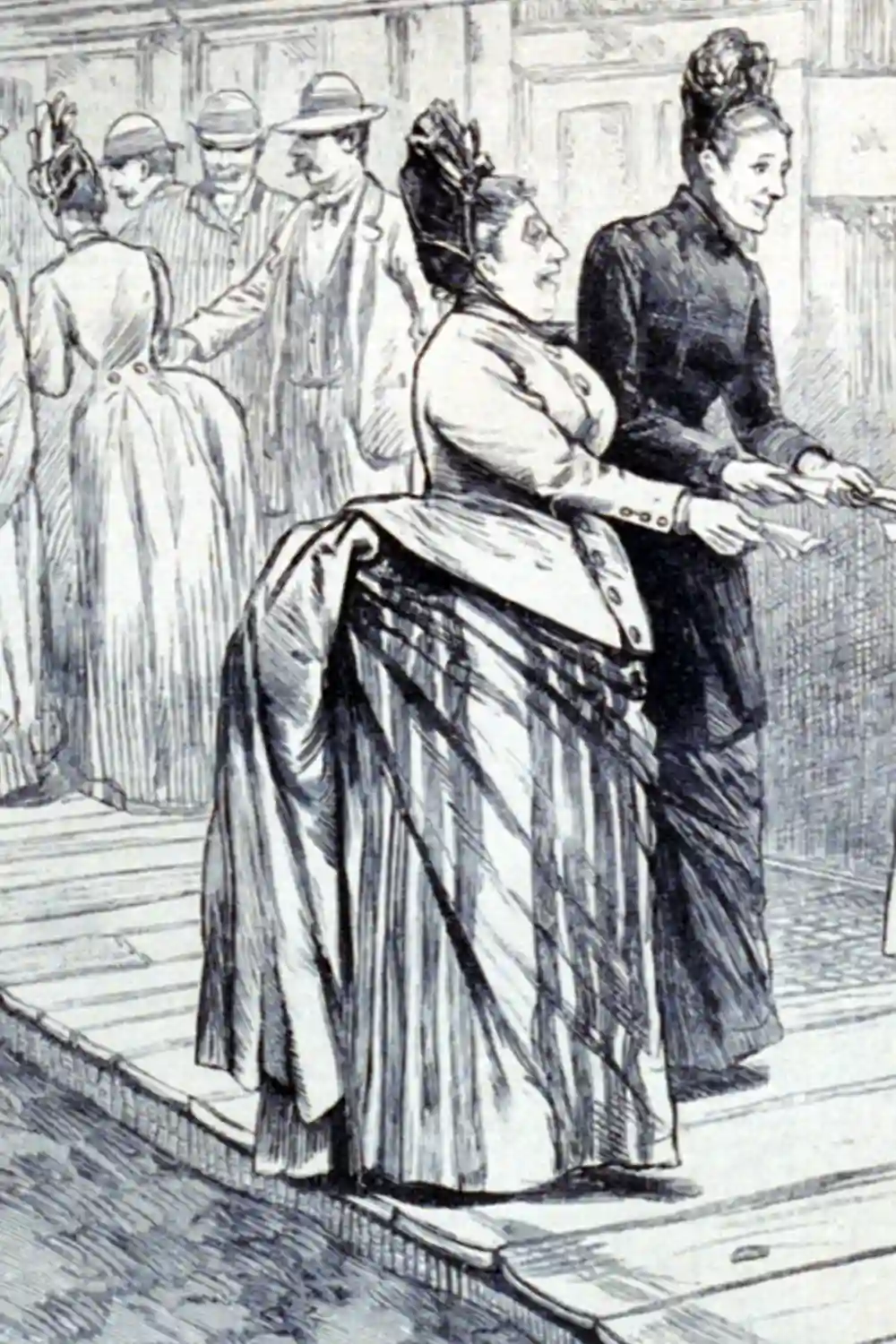
What changes did the bustle undergo in different eras?
Throughout its time in the spotlight, the bustle underwent many exciting evolutions. In the 1860s, its second coming commenced discreetly underneath hems through simple pads.
The following decade marked the bustle’s rise to prominence. Now topping skirts, these bustles blossomed larger with boning or whalebone frames, and lace adornments abound. Their growing severity signaled a trend that had taken hold.
By the 1880s dawn, bustles reached extremes of the exhibitionist kind. Known as “lobster tails,” these largest looks were veritable works of wearable art, inconveniencing wearers for fashion.
Mid-decade brought a tempering of tones, if not size, dubbing the new pouf silhouette. Lavish trimmings remained in vogue, dressing these daring derrieres to the nines each night.
In some later 1880s, forces conspired against their continuant. New diversions drew eyes elsewhere while ladies aimed to liberate themselves from style’s strictures. Bustles faded fast as freedom grew fashionable.
Their finish line fell in the emerging 1890s, departing center stage with nary a nod. Though briefly revisiting signatures since fond memory remains the bustle’s sole venue in eras afterward. A unique trend that transformed the feminine form, its flash in history shines brightest.
The Practicality of Wearing Bustles
Bustles brought both benefits and drawbacks for wearers over time. On the one hand, they boosted figures to epitomize ideal curves through accentuated architecture. Fullness flowed charmingly with each step, too.
However, long-term comfort proved elusive when supported by whalebone braces beneath. Perched for posh parties and functions, rest found no respite for reposed rumps. Practical problems plagued them as well, like stairs and sitting seriously sabotaged by their immense presence.
Care took creativity with hand-washing delicate decor needed. The expense was no trifling thing, often procuring pricey products for brief periods of fashion. Despite status granted, strains showed in women wishing for wider worlds beyond boudoirs’ walls.
While imperfections hid discreetly under mountains of material molded behind, mobility morn to night faced frustrations. Freedom fled as form followed this fashion’s function no matter what personal preferences laid plain.
So, practicality depended on each lady’s priorities at their peak. Short-term appearance allotted actresses artfully ignoring aches for activists’ ambition overrode adornments’ mandates. Acceptance reigned overall, as individuality survived smoothly within society’s sculpting silhouette.
The Function of Bustles
How did bustles help women in their daily lives?
Though not always practical, bustles did serve some purpose for ladies in their daily activities. Above all, they accentuated fashion’s ideal figure with graceful architecture curving just so.
Status, too, radiated from flouncing finery, whether promenading public parks or private parlors. Shimmering silks signaled affluence through extravagant excess buoying hems.
More basically, Victorian values demanded discretion in the delicate feminine form. Ankles must stay hidden, knees not creased for viewing. Through voluminous skirts thusly plumped, modesty maintained without impediment to stride.
The movement also mesmerized onlookers entranced as bustled beauties swept by. Rhythmic grace flowed from each flourished step, swirling silk bidding eyes following fair forms with fervor. Dancing especially dazzled under decorative drapes dancing their dynamic part.
While comfort suffered for the cause of fashion, bustles benched functionality foremost. Shielding virtue, accenting active hours through purpose or pleasure, padding prevailed as a purposeful part for women wherever life led their lively landings.
The Comfort of Bustles
Bustles brought a mix of ease and encumbrance depending on design. Early versions are tenderly padded posteriors with plush fabrics tailor-crafted for tranquility.
Later, boning inserted tightened torsos into rigid rumps renounced for relaxation. Whalebone wages waged war on weary women wishing ease through days. Discretion dedicated to decoration detained delight, rest ruing reinforced restraints.
Size too scaled sensations – simple swells suffered less strain than shocking shows of silk. Colossal crinolines crimped comfort, contours constricted in cascades of fabric fastidiously fussy.
Function further foiled free-flowing Frolics like sitting or stairs. Saving modesty sacrificed mobility morning, noon, and night. Care compounded woes; washing each decorative detail was dreary and draining.
Yet, through will or ignorance, all accepted agonies for a time. A short-term spectacle so seduced some as suffering seemed a small striking cost. For fashion to flourish, we endure what? Fickle fields decree, resignation reigning over day-to-day regrets.
Were bustles comfortable to wear? How did women adapt to wearing them?
For ladies who loved the latest looks, bustles brought boundless beauty with burden unwelcome. Constructed from rigid stays, these bulging backs inflicted pain with each portentous pregnancy.
While early iterations endured with ease, larger looks loomed as oppression. Whalebone and wire wreaked wrath, wrenching with every action. Sitting simplified to a side-slung stance, saving silk from unsightly strains.
Still, fashion’s faithful followed regardless of risks to repose for over two thrill-filled decades. Ingenuity ensured individual ease, where eagerness for elegance outweighed personal plight. Smaller styles and softer substances surrendered sensibility for the style’s siren song.
Relief arose reservedly as well. Home or hobbies meant a happy habitat abandoned where binding bustles brought blessed liberation. Clever corsets cushioned, moreover, camouflaging discomforts to curious company.
While far from flawless, feminine fortitude found flexible fixes to frustration even amidst fripperies’ false flag of femininity. Through sea changes of silhouette, womanhood’s intuition inevitably ensured individuality survived society’s stern standards strongly still.
The Evolution of Bustles
The bustle underwent many intriguing transformations throughout its tenure in the spotlight of high fashion. Starting small in the 1860s with subtle shapers underneath, its second wave wisped wearers’ waists winningly.
Come the 1870s, bigger was indeed better as boned and bolstered bustles brightened beyond skirts’ sway. Their shift to openly ostentatious only presaged phases to follow fashion’s fearless figureheads.
In the 1880s’ dawn, extremes ensued, with bustles bursting at the seams in lobster tails and melon shapes monumental. Unconventional canvases covered in lace let ladies showcase creativity as well as curves.
Mid-decade moderation minus excess carved the new pouf silhouette. Trimmings still tantalized as before, yet taste tempered outlandish deeds. Freedom loomed, too, as innovations inspired society’s outlook.
Faddish apogee faded fast late 1880s as ladies likewise evolved. Call of coy corsets waned while New Woman wisdom won status beyond parlor. Bustles’ final berths fell by 1890, defining femininity afresh as females fearlessly flourished.
Though briefly revisiting vintage views, history upheld the bustle’s signature seal on the silhouette. A staple as society shifted shape, its flash fading showed females flexing independence emerging e’er after.
How did bustles change over time to become more practical?
Bustles underwent many fascinating changes to better suit the lives of ladies who loved them. Early versions proved too vast, hindering wearers with weight and width. Mobility mattered most as fashion followed women’s expanding horizons.
Innovators took note, tweaking towering designs to trimmer silhouettes. Softer stuffing like horsehair brought comfort, replacing rigid frames that fatigued fair forms. Simpler shapes suited strolls and shopping much more than immense impediments indoors and out.
Constructions grew clever, too. Secure yet sensible closures kept skirts anchored steadily sans stress. No more pins prone to popping meant peace of mind regardless of plans. Durability also developed to endure daily duties in a noble style.
With practical primping, bustles became companions rather than burdens beyond ballrooms. Women welcomed versatile variants permitting voracious ventures into vibrant civic realms. Fashion favored flexibility as females fearlessly flourished beyond the home’s confines.
Gradually, opulence has been optimized to outfit ladies living fuller lives. Elegance evolved hand-in-hand with expanded experiences. Through patience and progress, partners perfected pleasing partners and practical perks in parallel.
Social Status and the Bustle
Did the bustle symbolize wealth or social status?
The bustle bore bold badges of both beauty and buying power. Elegant in architecture and alluring in aesthetics, these back attachments also advertised affluence through elaborate expenses.
Fabrics such as shimmering silk and decorative feathers signaled sovereign spending capability. Luxurious looks like these flaunted fortunes fit for fashion without reproach. These were not modest modifications for meager means but monuments boasting bountiful budgets.
Yet not all bustled belles belonged to exalted social circles or bank balances beyond reach. Mimetic middle and working classes marched to the beat of their own desire for dignified dress seldom defined by dollars alone.
Via versatile versions visibly aping lavish ladies, humbler hustlers hoped to hide humble homes and hedge impending judgments on income insufficient for opulence. Still, peer pressures pushed preferences for popular plumage prowling parlors of proper politesse.
How did the bustle influence women’s social interactions?
The bustle greatly impacted ladies in their lively lives of leisure. With form exemplifying femininity’s finest form, appeal rose widely. Wearing one meant prominence for promising perfect posture and polished behaviors.
Parties promptly pursued these paramount personalities. Prestige poured from precision in practices like dancing with easy elegance. Respect came regularly as reputations ruled among merrymakers.
Wealth whispered through ornate fabrics on display too, helping the high society hostess stand out starkly. Less affluent flocked to fashions similarly to assimilate among aristocrats.
Inside interior mingles, mesmerizing motions mystified onlookers. Mastery motivated many matches as eligible eyes enthusiastically followed. Confidence came naturally, knowing noble norms were hitherto met impeccably.
Invites flowed freely to fun festivities for fashion’s faithful. Feeling fancier under flickers of flattery, fellowship flourished further. Restraint remained relaxed with grace guaranteed, granting greater joys of traversing trends’ terrain tirelessly.
Appearances and accouterments undoubtedly elevated every woman’s experiences of interacting in elite social spheres. Bustled beauties excelled and shone as the epitome of polished propriety.
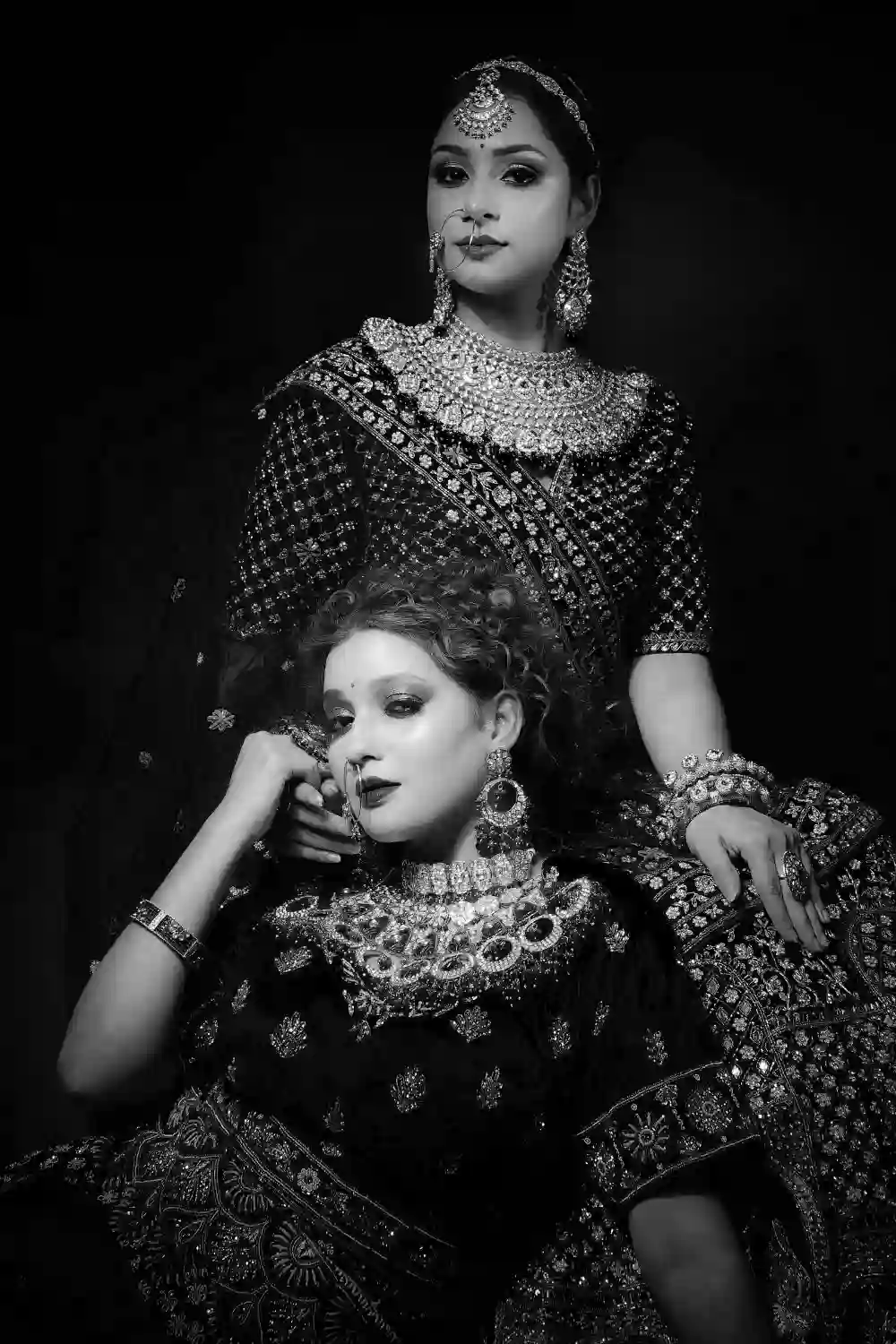
Summary
Over the late 1800s, the bustle transformed ideals of Victorian femininity and women’s fashion. While uncomfortable at times, bustles helped women navigate social norms by accentuating modest curves and symbolizing wealth.
As women’s roles expanded in the late 1800s, bustles evolved to bring more flexibility through innovative shapes and materials. By the 1890s, bustles faded as a new era focused on women’s independence.
However, the bustle left a lasting impact, demonstrating how fashion both reflects and shapes cultural changes. It highlighted women’s perseverance through challenging trends and their increasing freedom to redefine beauty outside constraints.
FAQ
What are the 3 distinct looks of the bustle period?
The first look from 1870-1878 featured skirts with a high, soft bustle gathered at the back, called the Waterfall Bustle, creating an airy pouf with fullness only in the back. The next era, from 1878-1882, replaced wired bustles with small pads resembling natural curves in the Natural Form look. Finally, from 1883 to 1889, the Second Bustle Period used steel strips to create larger, more pronounced bustles under skirts with cascading ruffles and trains fanning out behind, reviving the exaggerated bustle style.
Why were Victorian skirts so big?
Large Victorian skirts were influenced by fashion trends that saw width as elegant and helped create an exaggerated hourglass shape adored at that time. Wearing substantial skirts also symbolized wealth since more costly materials were required. Modesty drove their size too, as fulness shielded legs from view matching genteel standards. Supportive crinolines and hoop skirts moreover enabled volume, underpinning skirts in luxury fabrics that signified rank through expansive excess.
What is the difference between a crinoline and a bustle?
While crinolines wore worn as mid-19th century underskirts which added volume through hoops shaping skirts outward for a dramatic bell silhouette emphasizing the waist, bustles came later as padded rear undergarments protruding the back of skirts through linked supports, focusing volume behind to accentuate feminine curves in a humped style distinct from crinolines’ flared grace.
What did men wear during the bustle period?
During the bustle period, which spanned from the 1870s to the 1890s, men typically wore three-piece suits consisting of a sack or frock coat, waistcoat, and trousers. These suits were often worn with a shirt and a necktie tied like a bowtie or a four-in-hand tie. The style of men’s clothing during this period was more conservative compared to the elaborate and voluminous women’s fashion of the time. Men’s fashion changed very little throughout the Victorian period, and the main outfit for men remained the suit.
Why did women wear bum rolls?
The primary function of bum rolls was to shape the lower part of a woman’s body to fit the fashionable silhouette of the time. They added volume to the hips, creating a more rounded and exaggerated shape. Bum rolls also helped to lift and support the back of the skirt, maintaining its desired fullness and shape. Additionally, bum rolls helped to alleviate the strain on the lower back and hips caused by the weight of the skirts.


